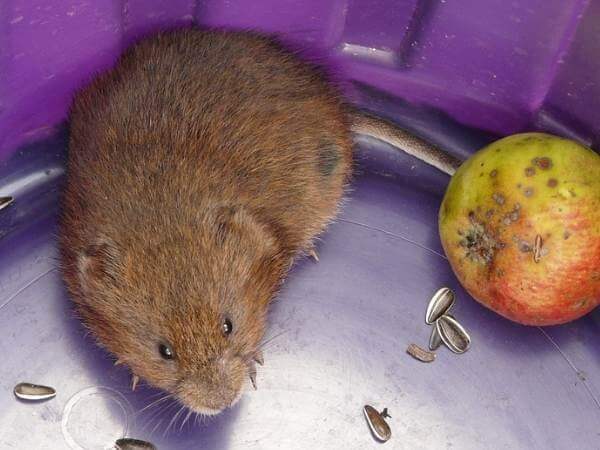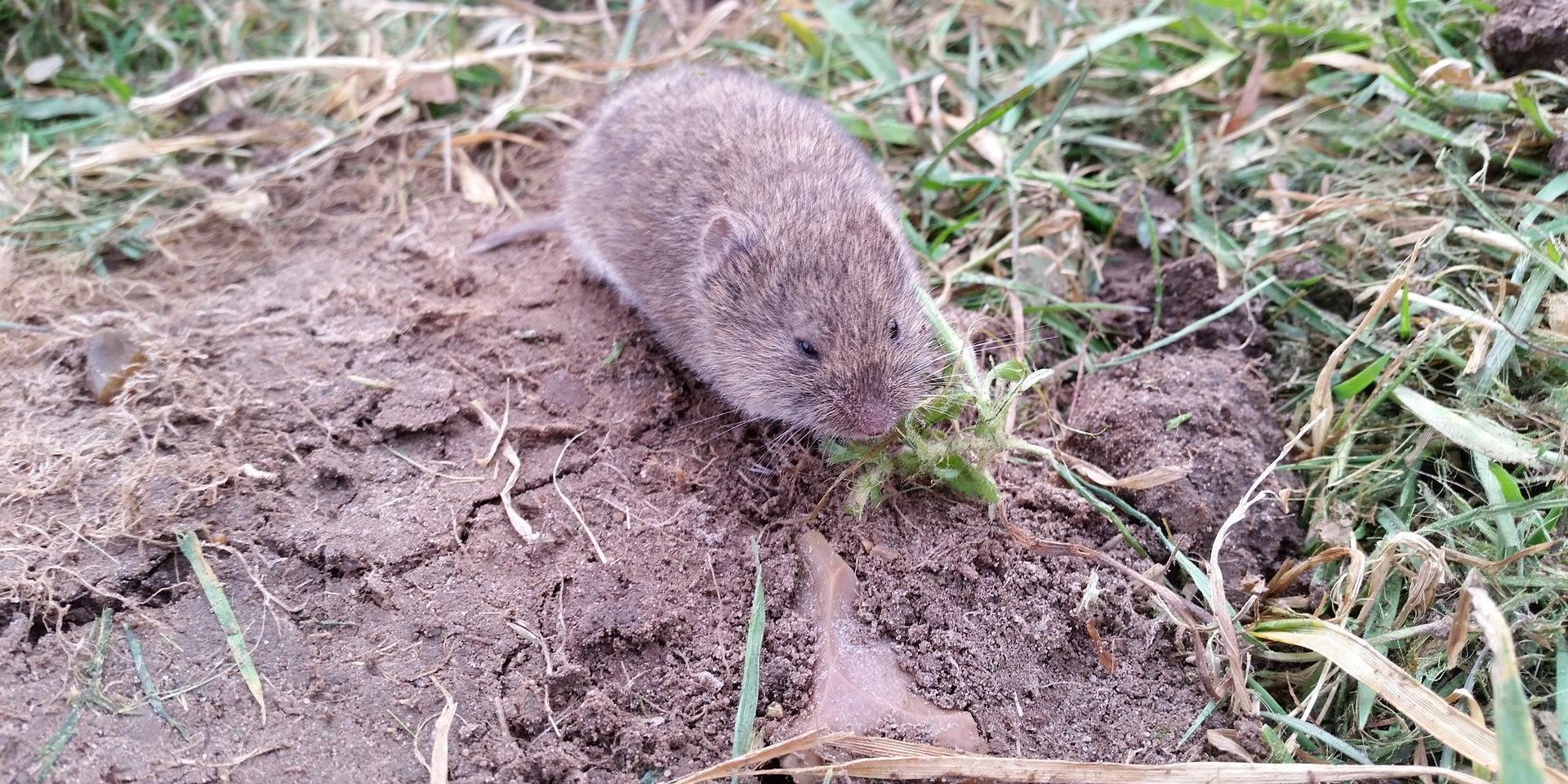Understanding Vole Lawn Damage and How to Combat It
Understanding Vole Lawn Damage and How to Combat It
Blog Article
Vole Pest Control Demystified: A Full Review of Problem Discovery and Efficient Therapy Approaches
As home owners and yard lovers, the invasion of voles can be a consistent issue that requires an organized technique for efficient administration. By understanding the behavior patterns of these elusive rodents, one can obtain useful understandings into their preferences and behaviors. From refined indications of problem to the application of targeted control measures, browsing the realm of vole pest control requires a blend of expertise and calculated action. In this detailed introduction, we will check out the nuances of vole invasion detection and explore the realm of efficient treatment techniques that can safeguard your areas from these underground hassles.
Comprehending Vole Habits Patterns
Recognizing the elaborate habits patterns of voles is vital for properly implementing insect control procedures in farming and property settings. Voles, little rodents that appear like computer mice but with stouter bodies, are well-known for their fast recreation rates and voracious hungers for plants. By diving right into their behavior patterns, insect control professionals can get useful understandings right into vole susceptabilities, preferences, and practices.
Voles are mainly herbivores, eating a wide array of plants, light bulbs, tubers, and origins. They are additionally respected tunnelers, producing fancy underground burrow systems for nesting and foraging. By recognizing these behaviors, parasite control experts can tactically place traps and lure terminals along vole runways and entry factors, raising the chance of effective elimination.
Furthermore, knowledge of vole actions patterns can help in developing preventative procedures to discourage future problems. By resolving elements that attract voles, such as thick greenery cover and conveniently available food sources, homeowner can make their premises less welcoming to these harmful pests - vole lawn damage. In conclusion, a thorough understanding of vole habits is paramount in devising lasting and effective parasite control techniques
Identifying Indicators of Vole Invasion
Reliable vole pest control starts with promptly acknowledging the indicators of vole infestation on residential or commercial properties. Among one of the most usual signs of vole visibility is the presence of surface runways. These paths are slim paths through lawn or plant life that voles create as they take a trip between their burrows and food sources. In addition, vole droppings are one more clear indication of problem. Vole droppings are little, round pellets that are often found along their runways or near their burrows.
In enhancement to paths and droppings, munch marks on tree bark and greenery are also indicators of vole task. The existence of burrow openings in the ground suggests an energetic vole populace.
Being attentive for these indications can help building proprietors spot vole infestations early and take appropriate parasite control actions to avoid additional damage.
Executing Targeted Control Measures
What details methods can be utilized to properly apply targeted control steps for vole pest monitoring on residential or commercial properties? Implementing targeted control procedures for vole bug management calls for a multi-faceted method that incorporates both prevention and a knockout post obliteration approaches. One of the crucial techniques is environment modification, which includes getting rid of vole-friendly atmospheres such as high lawn, weeds, and particles near buildings. Setting up obstacles like hardware towel or gravel around garden beds and tree trunks can likewise help prevent voles.
Capturing is an additional reliable approach for controlling vole populations. Live catches can be purposefully placed along vole runways or burrow entryways, baited with peanut butter or apple pieces. As soon as captured, voles should be humanely eliminated to a various area to stop reinfestation.
Rodenticides can be utilized as a last hotel for extreme problems, however care must be exercised to avoid damage to non-target animals. When using rodenticides for vole control - vole yard damage., it is crucial to follow all safety guidelines and regulations.
Natural and Environment-friendly Treatments
The adoption of ecologically conscious practices can play a critical role in managing vole populaces without creating damage to the ecological community. All-natural and green treatments supply a sustainable technique to vole insect control, reducing the use of harmful chemicals and promoting biodiversity in the impacted locations.
One effective natural method is the usage of predator pee or killer decoys. Predators like owls, snakes, and foxes are the vole's all-natural adversaries. By tactically putting killer urine or decoys around the ravaged areas, voles might be hindered from resolving in those areas.
Furthermore, growing vole-resistant plants can help in reducing vole damage. Plants read more such as daffodils, crown imperials, and Siberian squill are recognized to be unappealing to voles and can function as all-natural repellents.
Additionally, creating physical barriers like cord mesh or gravel around prone plants can protect against voles from accessing them. These obstacles can help secure yards and landscapes without posing any type of hazard to the environment or various other non-target varieties. By incorporating these all-natural and eco-friendly remedies, vole infestations can be handled successfully while keeping ecological balance.
Long-Term Avoidance Approaches
To sustainably deal with vole invasions gradually, applying aggressive measures is vital for lasting avoidance approaches. One effective method for long-lasting prevention is environment modification. vole control. By decreasing thick greenery, compost, and mess around structures, you can make your building much less enticing to voles. In addition, setting up barriers like fences or underground wire mesh can help deter voles from invading your garden or lawn.
Regular surveillance of vole activity is vital for very early detection of any type of signs of problem. Establishing vole traps can help in regulating their population prior to it comes to be a full-on invasion. It is also vital to seal any access factors to buildings or structures to avoid voles from getting.

Verdict
To conclude, understanding vole habits patterns, recognizing signs of invasion, implementing targeted control steps, making use of eco-friendly and natural solutions, and implementing long-term avoidance approaches are essential action in properly managing vole invasions. By being positive and taking the necessary steps to deal with vole problems without delay, people can successfully protect against and regulate vole infestations in their residential or commercial properties.

Report this page